Humans alter the water cycle by constructing dams and through water withdrawals.
Important Questions on Environmental Science
The following figure represents the flow of energy in a pyramid of food. If this ecosystem receives 100000 kcal of sunlight energy of the energy finally available to Tertiary Consumer (TC) is:
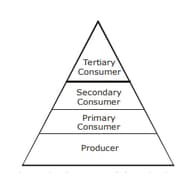
Give reason:
Food chains generally consist of only three or four steps.
a) Given below are some organisms. Arrange all of them in a food chain and show the direction of the flow of energy.
Eagle, grasshopper, frog, grass, snake.
b) Which of the organism in the above food chain has maximum amount of energy ?
c) Give an example of artificial ecosystem.
Which of the following constitute a food chain?
An illustration of a pyramid of a number of an aquatic ecosystem is given.
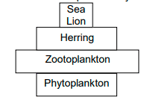
The pyramid of energy for the same ecosystem would be:
Attempt the following:
(i) Construct a Food Chain with the help of the organisms given below:
Hawk, Grass, Snake, Hen.
(ii) Why is it not advisable to have a six-step food chain?
(iii) If Pesticides enter the above food chain.
(a) In which organism will it be found in the maximum amount?
(b) What is this phenomenon called?
A food chain in a polluted aquatic ecosystem is given. Observe it and answer the following questions.
Freshwater Algae Fishes Birds.
(i) Which organisms are disturbed more due to biomagnification? Why?
(ii) This ecosystem will be destroyed gradually due to biomagnification. Why?
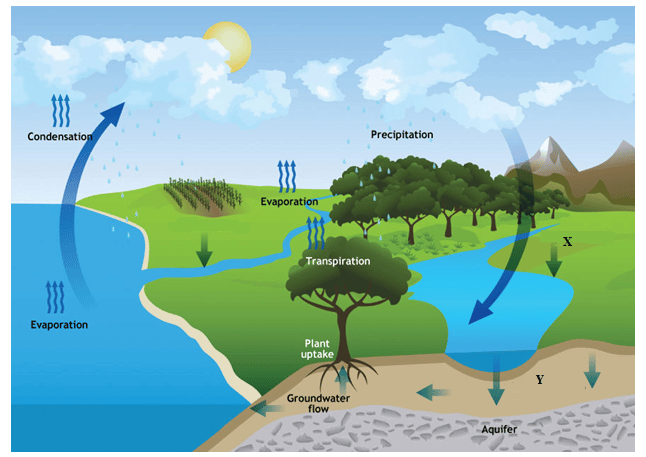
Study the above picture and find the correct matching pair:
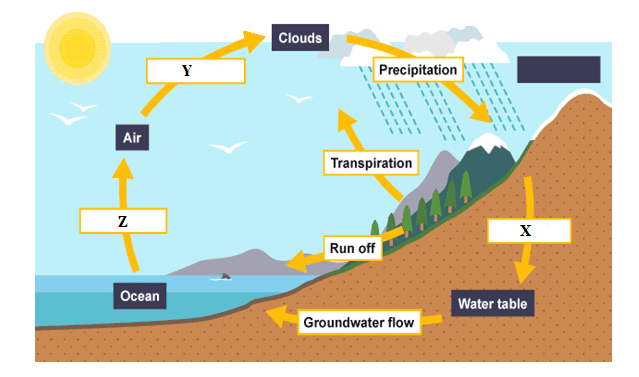
Study the above picture and identify the letter which represents percolation:
Climate change is expected to alter the water cycle and will subsequently impact water availability and demand.
Observe the picture and write down the procedure for the separation of components of a mixture of ammonium chloride and sand.

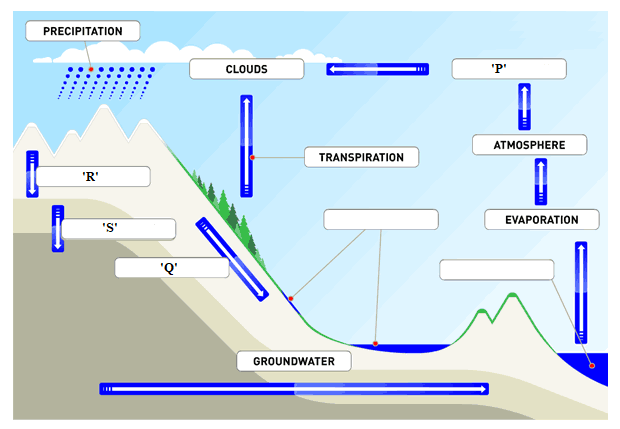
Study the picture above and identify which letter indicates infiltration:
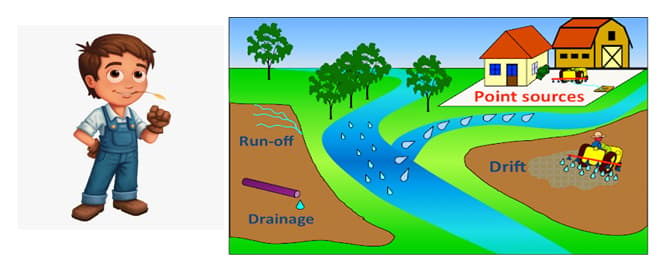
Surface runoff is also known as overland flow.
Infiltration is the movement of water through the soil itself.
Give the examples for the substance except iodine that changes directly into gas on heating without changing into liquid.

